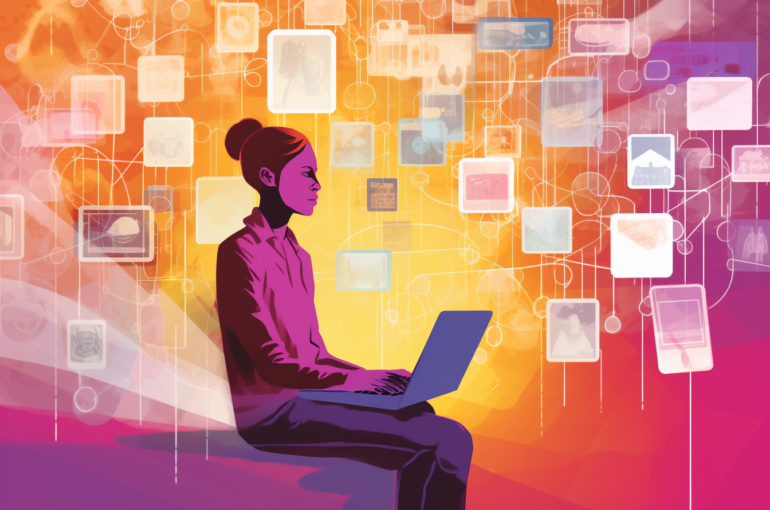Embracing the Cookie-less Future: Leveraging Data for Effective Marketing Campaigns
Embracing the Cookie-less Future: Leveraging Data for Effective Marketing Campaigns

In the world of digital advertising, cookies have long been the backbone of targeted marketing campaigns. They provide valuable insights into consumer behavior, allowing marketers to deliver personalized and relevant ads to their target audience. However, with growing concerns around privacy and data protection, major tech players like Google have made the decision to phase out third-party cookies.
Google’s Decision to Remove Third-Party Cookies: What It Means for Marketers
Google’s decision to remove third-party cookies from its Chrome browser by 2024 is a game-changer for the advertising industry. Marketers will no longer have access to the same level of detailed user data, making it challenging to deliver personalized advertising. This shift is forcing marketers to rethink their strategies and find new ways to optimize their campaigns.
Using Zero & First-Party Data to Create a Successful Campaign: Benefits and Strategies
Despite the limitations posed by the demise of third-party cookies, there is a silver lining for marketers – first-party data and zero-party data. In the context of data gathering, “zero-party data” comprises information voluntarily provided by consumers, which reflects their preferences, interests, and intentions. This type of data directly represents customer choices. In contrast, “first-party data” is collected from user interactions with a brand’s websites, apps, chatbots, or physical stores, offering insights into consumer behavior, albeit through indirect means. Both types of data are highly valuable as it is more reliable and accurate compared to third-party data (data collected from other company websites).
By leveraging zero-party and first-party data, marketers can gain a deeper understanding of their audience, customize messaging, and create personalized experiences. This data can be used to inform campaign strategies, optimize targeting, and drive better results. To maximize the use of this data, marketers should consider implementing tactics such as quiz chatbots, email marketing, loyalty programs, and user surveys to gather valuable insights directly from their customers.
Understanding the Path to Conversion: Leveraging Data for Targeted Messaging
One of the key advantages of using first-party and zero-party data is the ability to track and analyze the customer journey. This data allows marketers to understand the different touchpoints a user interacts with before making a conversion. By mapping out this path to conversion, marketers can deliver targeted messaging at each stage of the customer journey, increasing the chances of converting a potential customer into a loyal advocate.
An effective way to leverage this data for targeted messaging is through the use of dynamic content and personalization. By tailoring messages based on a user’s previous interactions, interests, and preferences, marketers can deliver more relevant and engaging content, ultimately driving higher conversion rates.
Chatbots: A Powerful Tool for Collecting First-Party and Zero Party Data
As the digital landscape evolves, chatbots have emerged as a powerful tool for collecting first-party and zero-party data. Chatbots can engage with users in real-time, gathering valuable information that can be used to enhance personalization and drive better marketing outcomes.
By integrating chatbots into a website or app, marketers can gather data such as customer preferences, purchase history, and feedback. This data can then be used to deliver personalized recommendations, offers, and support, creating a more seamless and personalized customer experience.
Embracing the Cookie-less Future
The impending demise of third-party cookies may seem daunting, but it presents an opportunity for marketers to refocus their efforts on collecting and leveraging zero-party and first-party data. By embracing this cookie-less future, marketers can gain a deeper understanding of their audience, deliver more personalized messaging, and create impactful marketing campaigns.
Utilizing tactics such as email marketing, loyalty programs, user surveys, and chatbots can help gather valuable first-party and zero-party data. Armed with this information, marketers can create targeted campaigns that resonate with their audience, ultimately driving better results and ROI.
As the advertising landscape continues to evolve, the ability to adapt and leverage your own data will be crucial for marketers looking to thrive in the cookie-less era. By staying ahead of the curve and embracing the power of first-party data, marketers can navigate the changing landscape and continue to create impactful and effective marketing campaigns.










